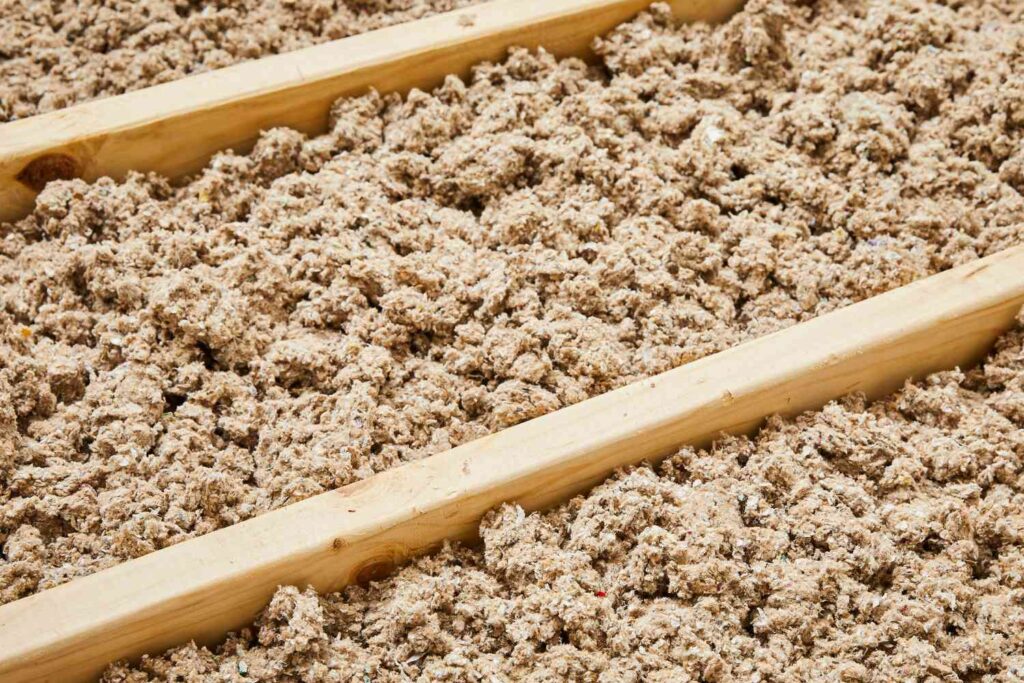Asbestos: A Silent Threat
Once widely used in construction for its fire-resistant and insulating properties, asbestos is now recognized as a serious health hazard. Prolonged exposure to asbestos fibers can lead to severe respiratory diseases, including lung cancer, mesothelioma, and asbestosis. While its use has been largely banned in many countries, it’s still present in older buildings, posing a risk to occupants and those involved in renovation or demolition projects.

Where to Find Asbestos
If your home was built before 1980, it’s possible that it contains asbestos. Common locations include:
- Attic Insulation: Loose-fill asbestos insulation, often a gray, fluffy material, may be found in attics.
- Wall Insulation: Spray-on asbestos insulation, a textured coating, can be found on walls and ceilings.
- Floor Tiles: Vinyl floor tiles, especially older ones, may contain asbestos.
- Ceiling Tiles: Textured ceiling tiles, particularly those with a popcorn-like appearance, can contain asbestos.
- Pipe Insulation: Pipe insulation, especially around pipes in basements and crawl spaces, may contain asbestos.
- Vermiculite Insulation: Loose-fill insulation, often used in attics and walls, may contain asbestos.
Identifying Asbestos: A Visual Guide
While definitive identification requires laboratory testing, visual clues can indicate the presence of asbestos:
- Texture: Asbestos-containing materials often have a distinct texture, such as a spray-on coating, a fluffy, fibrous appearance, or a popcorn-like texture on ceilings.
- Color: Asbestos can vary in color but is often white, gray, or brown.
- Location: If a material is located in a known high-risk area, such as an older home or building, it’s more likely to contain asbestos.
The Dangers of Asbestos
Asbestos fibers are microscopic and easily inhaled. Once inhaled, they can become lodged in the lungs and cause significant damage over time. Exposure to asbestos can lead to a range of serious health problems, including:
- Lung Cancer: Asbestos exposure is a leading cause of lung cancer, particularly among smokers.
- Mesothelioma: A rare and aggressive cancer that affects the lining of the lungs, heart, and abdomen.
- Asbestosis: A chronic lung disease that causes scarring of the lungs, leading to shortness of breath and other respiratory problems.
Safe Asbestos Removal
If you suspect the presence of asbestos in your home or building, it’s crucial to consult with a qualified asbestos abatement professional. They have the expertise and equipment to safely remove asbestos and dispose of it properly.
DIY Asbestos Removal is Dangerous
Attempting to remove asbestos yourself is extremely dangerous and illegal in many jurisdictions. Asbestos fibers can become airborne during removal, increasing the risk of exposure. Professional asbestos removal involves specialized techniques, protective gear, and proper disposal procedures to minimize the risk of contamination.
Prevention is Key
The best way to protect yourself from asbestos exposure is to avoid disturbing materials that may contain asbestos. If you’re planning a renovation or demolition project in an older building, it’s wise to have the materials tested for asbestos before starting work.
By understanding the risks of asbestos and taking appropriate precautions, you can protect yourself and your family from the dangers of this silent killer.
